Deep Analysis of the Present Situation of Machine Vision Industry
With the popularity of the concept of intelligent manufacturing, more and more company's machine vision inspection projects have been put on the agenda. This paper mainly describes some cognitive problems and pain points between vision companies and customers.
Generally speaking, there are different pain points in the prophase communication, project implementation and acceptance stage of visual project. We must face up to the problem, but it seems difficult to solve the problem. From the perspective of pre-project communication, industrial visual inspection is based on the nature of customer application requirements, which makes it difficult to seamlessly connect any existing standard software or application with the specific needs of customers.
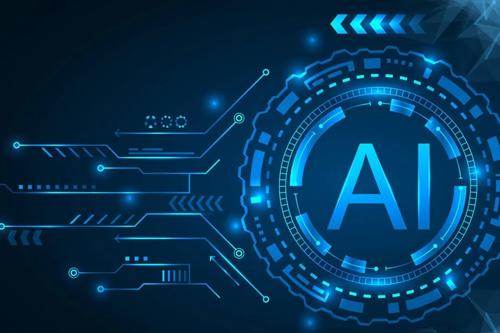
Whenever a project needs to emerge, people in the industry seem to have formed a kind of "only fast but not broken" inertial thinking, in any case, the first time to respond to customer needs, fear that a second will be slow competitors take the lead. The result will be that vision companies invest a lot of money in the early stage of fast cards, including hardware and personnel. Industrial vision products and engineers, to some extent, have relatively high resource monopoly. If a vision system product company wants to compete for a fully customized project, there will be a lot in the early stage. Sample input will inevitably be followed by engineers who will spend a lot of time in software testing and developing solutions. Even in this process, the end-user's repeated change requirements are common. Users move their mouths and engineers break their legs, which is painful.
However, can efforts be made to substantially improve the likelihood of project success? Unfortunately, the answer is No. Judging from the experience of different industries, evaluating 10 projects and eventually closing 3-4 transactions is already a very high success rate. This not only increases the financial cost of visual suppliers, but also may lead to the loss of the company's high opportunity cost of other projects.
How to avoid this situation lies in the extreme information asymmetry between the supplier and the demander. Under the premise of user dominance, as a visual supplier, it is necessary to break this barrier, in line with the attitude of being responsible for the project and the customer, to collect as much information as possible to evaluate the actual possibility of the project implementation and to evaluate the project implementation. Technical feasibility.
In principle, it is necessary to have equal communication status with customers and to have a thorough understanding of the current level of automation in production and the urgency of importing customer products. It is necessary for any company to form its own communication process or technical memorandum according to its own product characteristics or industry characteristics. From the camp point of view, it is not difficult to find the answer.
Even if the industrial vision supplier wins the project fortunately, judging from the project implementation and acceptance process, it can not guarantee that all the details of the pre-communication testing requirements can be executed without loss. How many companies are facing end-user kidnapping or temporary additional requirements during the period? I think only those who have experienced the pain can experience it.
Especially once the software or product design takes shape, any change will involve the company's huge human and material costs, and once such communication mode is opened, it will inevitably fall into the dead circle of endless modification and verification, resulting in waste of resources, and even the difficulty of collecting money. This is really heartbreaking! At this time, communication technology documents in the early stage of the project are particularly important.
Of course, when it comes to the process of project implementation and acceptance, there is also a pain that the whole industry has to talk about, which is the pain of the lack of industrial machine vision professionals. Unfortunately, while providing excellent products and systems for customers to improve production efficiency and save labor, industrial visual inspection company has fallen into the dilemma of talent shortage, which is really a headache!
It has to be said that the domestic companies engaged in machine vision industry are mainly small and medium-sized enterprises, which are very dynamic and innovative in technology. However, the lack of talent will be the Rashomon that these enterprises must face. Machine vision engineers, as an extremely important factor of production in the era of artificial intelligence, have not been mentioned at a high strategic level in China, or given a clear "social identity and social function", coupled with the blowout of Internet and artificial intelligence industry in recent years, such as black. Holes grab everything around them, no one flees, and even companies that provide industrial machine vision products and systems are themselves vulnerable. This will inevitably lead to a sharp rise in the price of professionals as a factor of production and a serious imbalance between supply and demand.
However, it is gratifying that in recent years, many companies in the industry have begun to rescue themselves and seek greater breakthroughs in corporate governance to attract talents. For example, one company has gradually broken down the traditional hierarchical enterprise structure, the company has become a platform for employees, and each employee and small team are maintained as a neural network. With efficient operation, difficult but vigorous upward stretching, in this sense, innovation at the corporate system level is often more effective than technology, allowing enterprises to go further.
Of course, the above list only some of the serious industry pain points, but the purpose is not to complain, on the contrary, the industry pain point is precisely where there are a lot of opportunities in the industry. From the perspective of technology maturity curve, industrial machine vision is indeed in the period of excessive expectation, which is constantly being hyped and raised, but the peak value will then be a steep downward bubble. We must face up to the pain points of the development of the industry, look up to the sky, walk steadfastly, do a good job in technology, serve customers, is the long-term solution!
Product recommendation
TECHNICAL SOLUTION
MORE+You may also be interested in the following information
FREE CONSULTING SERVICE
Let’s help you to find the right solution for your project!


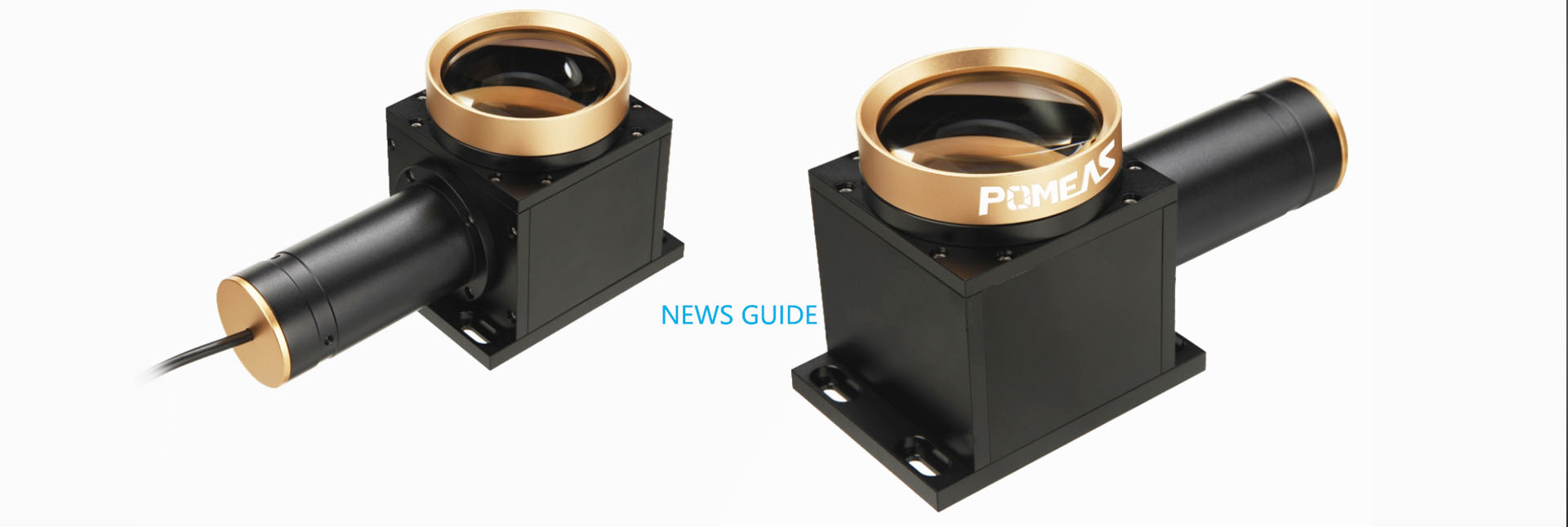
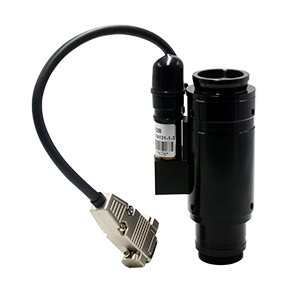
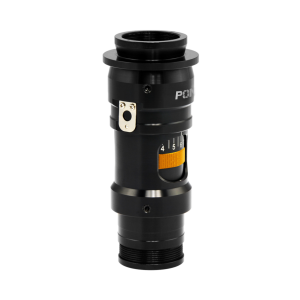
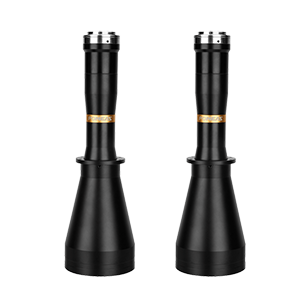
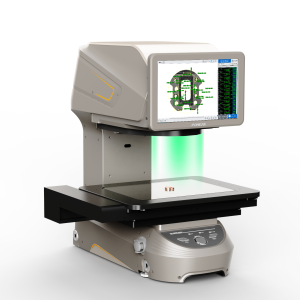
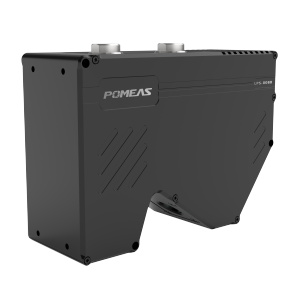
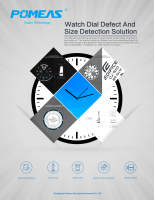
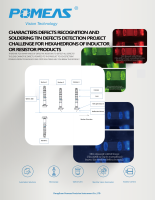

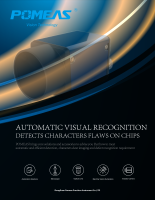
 ASK POMEAS
ASK POMEAS  PRICE INQUIRY
PRICE INQUIRY  REQUEST DEMO/TEST
REQUEST DEMO/TEST  FREE TRIAL UNIT
FREE TRIAL UNIT  ACCURATE SELECTION
ACCURATE SELECTION  ADDRESS
ADDRESS Tel:+ 86-0769-2266 0867
Tel:+ 86-0769-2266 0867 Fax:+ 86-0769-2266 0867
Fax:+ 86-0769-2266 0867 E-mail:marketing@pomeas.com
E-mail:marketing@pomeas.com
